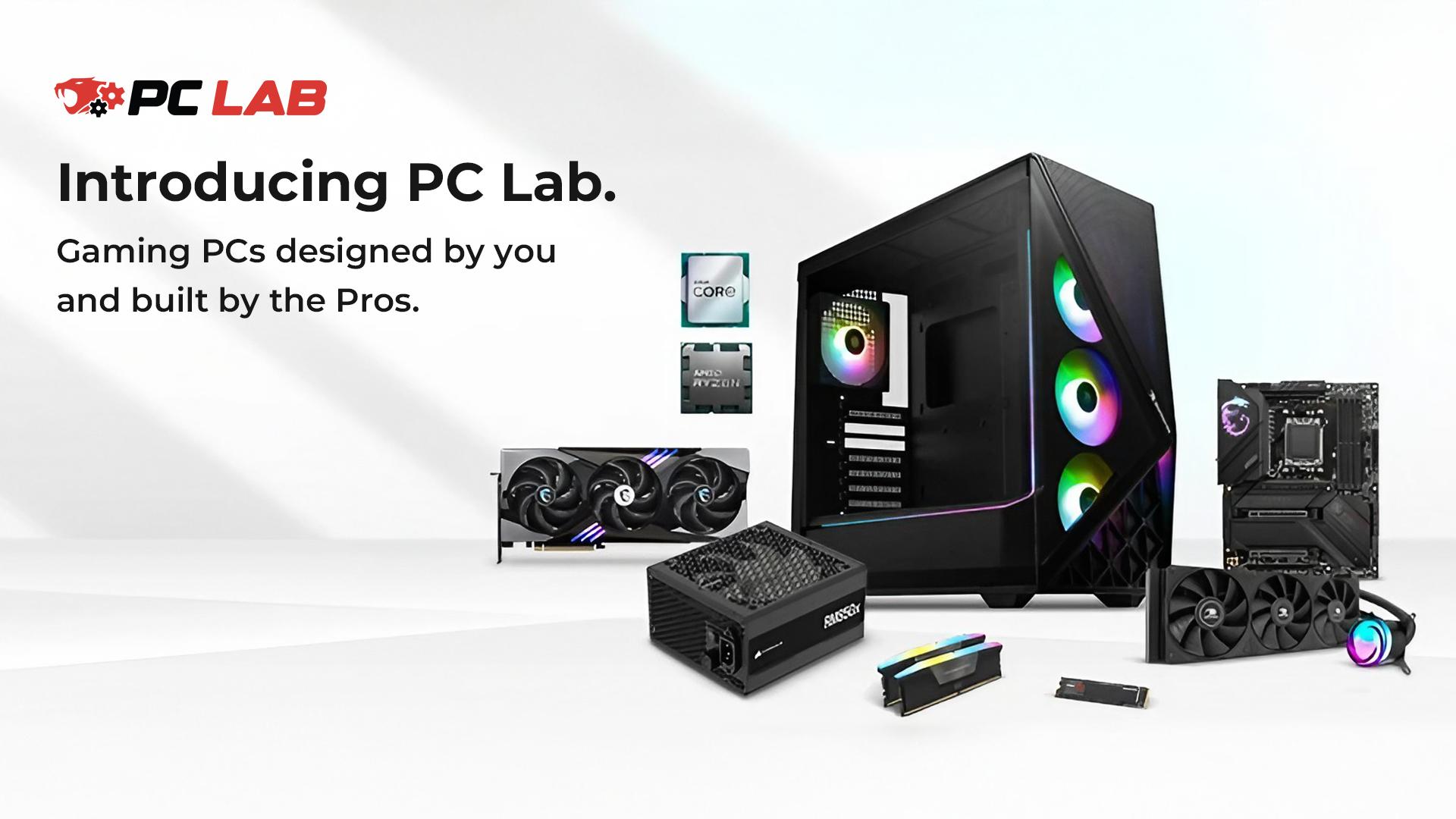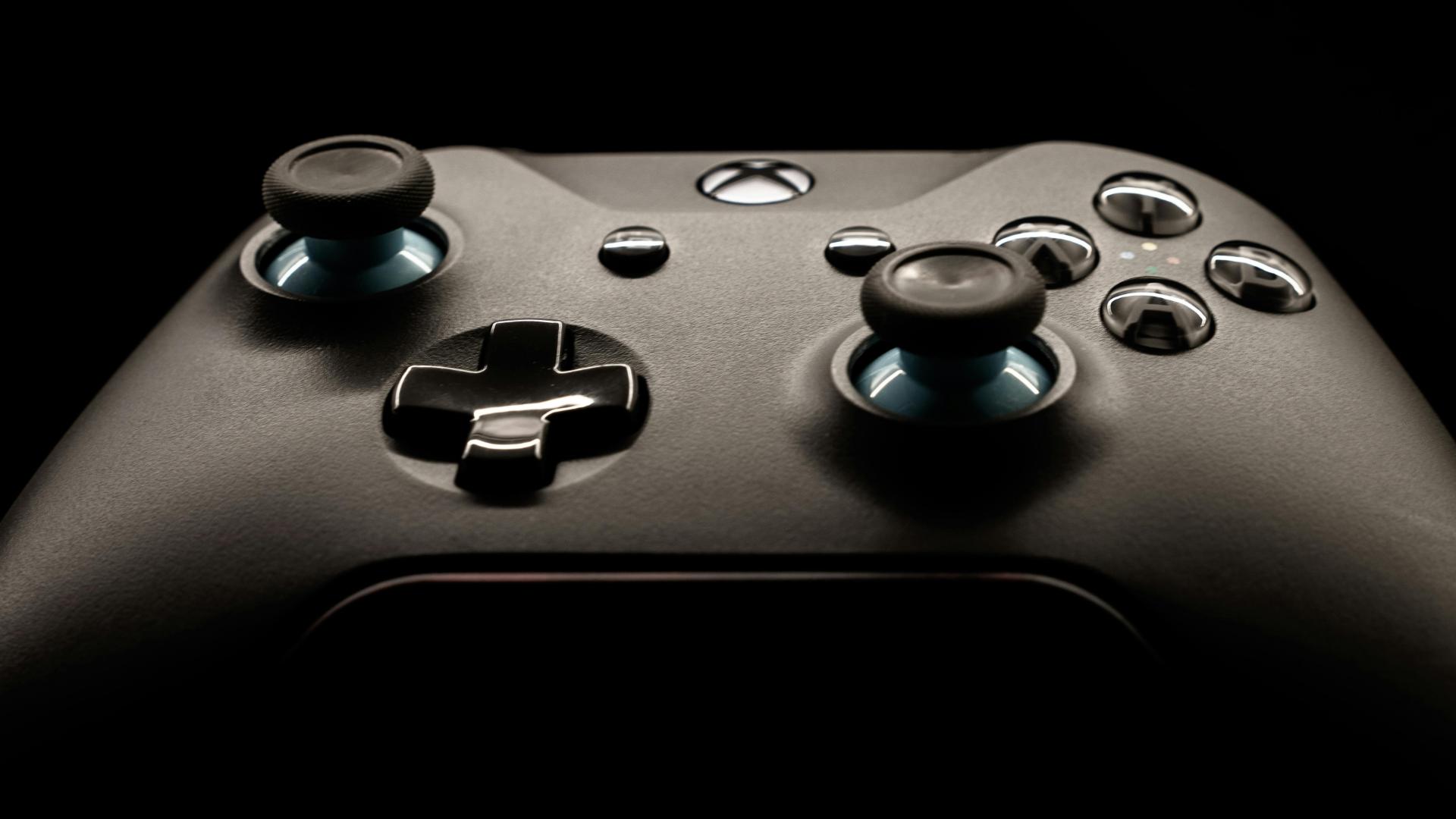Guide to Monitor Refresh Rates
What is a Monitor Refresh Rate?
The monitor refresh rate is the number of times per second that a display updates its image. It is measured in Hertz (Hz). A higher refresh rate means a smoother and more responsive experience, especially for activities like gaming or fast-paced video playback. However, the benefits of a higher refresh rate can be limited by other factors such as the graphics card and input lag.
What Are the Different Monitor Refresh Rates?
Monitor refresh rates can vary, but some common options include 60Hz, 75Hz, 120Hz, 144Hz, and 240Hz. Higher refresh rates generally result in a smoother and more responsive experience, but they may require more powerful hardware to fully take advantage of them. The refresh rate of a monitor can usually be changed in its settings or via the graphics card settings on a computer.
Is a Higher Refresh Rate Better?
In general, a higher refresh rate on a monitor can provide a better experience, particularly for fast-paced activities like gaming or video playback. A higher refresh rate means that the display updates more frequently, resulting in smoother motion and less motion blur. However, keep in mind that this requires more CPU and GPU power to make that happen. The higher the refresh rate, the more frames-per-second (FPS) your PC will need to put out. Check the specs of your PC to ensure that it can keep up with the frames needed to make the most of your high refresh rate monitor!
Advantages of High Refresh Rate Monitors
- Smoother and more responsive visuals, with less motion blur and improved clarity.
- Reduced input lag, which can be beneficial for competitive gaming or other online activities that require quick reactions.
- A more immersive and enjoyable online experience.
- Improved eye comfort, with less strain and fatigue over long periods of use.
Refresh Rate vs. Frames Per Second (FPS)
Refresh rate and FPS (frames per second) are related concepts but refer to different things.
Refresh rate is the number of times per second that a monitor updates its image. It is a property of the monitor and is measured in Hertz (Hz). A higher refresh rate means that the display updates more frequently, resulting in smoother motion and less motion blur.
FPS, on the other hand, is a measure of how many frames a computer or console can generate and output per second. It is determined by the hardware and software being used to create and display the content, and is measured in frames per second. A higher FPS means that more frames are being generated and displayed each second, resulting in smoother motion and more detail.
In other words, the refresh rate is a property of the monitor, while FPS is a property of the content being displayed.
Does Monitor Refresh Rate Affect FPS?
A higher refresh rate can help make higher FPS content look even smoother, but FPS can also be limited by the hardware and software producing the content, while refresh rate is limited by the monitor’s hardware.
What to Consider When Buying a Computer Monitor
By now, you’ve realized that there’s A LOT more to buying a computer monitor than meets the eye. There’s so many different things to consider, and it’s difficult to pinpoint where to start. We’ve outlined a few key features that you should keep in mind as you shop for your next monitor:
-
Refresh Rate and Response Time
- If you’re a gamer or use your computer for other activities that require quick reactions, a high refresh rate and low response time can be beneficial. Look for monitors with refresh rates of at least 75Hz or higher, and response times of 5ms or lower. However, keep in mind that higher refresh rates and lower response times may require more powerful hardware to fully take advantage of them.
-
Size and Resolution
- Choose a monitor size and resolution that matches your needs and preferences. A larger monitor can provide more screen real estate, but may be less portable and more expensive. Higher resolutions can provide sharper and more detailed images, but require more powerful hardware to run smoothly.
-
Panel Type
- There are three main types of monitor panels: TN, IPS, and VA. Each has its own strengths and weaknesses in areas like color accuracy, viewing angles, and response time. Consider which factors are most important for your use case when choosing a panel type.
Still lost? We’ve written a more in-depth guide on how to choose the best gaming monitor that you can refer to if you’re still unsure. We hope we’ve guided you well on your monitor shopping!
Explore iBUYPOWER’s Collection of Gaming Monitors
At iBUYPOWER, we want to be your one-stop shop for all things gaming! From prebuilt PCs to peripherals, we’re dedicated to helping you build your dream set up. Now that you have a better grasp on how to shop for a gaming monitor that’s right for you, it’s time to shop! Browse our variety of some of the best gaming monitors, varying in size, panel types, refresh rates, and more!







